
The Gates of Hell is a sculptural group created by Auguste Rodin that depicts a scene from “The Inferno” from Dante Alighieri’s book the Divine Comedy.
The sculpture was commissioned in 1880 and became Rodin’s life work as he continued to work on and off on it for 37 years until he died in 1917.
Many of the characters from the “The Gates of Hell” were modeled and cast separately as stand-alone art sculptures. This evolution and is one of the reasons Rodin took so long with this masterpiece.
Many of the original small-scale sculptures used on the Gate were enlarged and reworked and became stand-alone works of art of their own. Examples include:
- “The Thinker” is located above the door panels.
- “The Kiss” was initially part of the Gates. However, Rodin removed the figures that became known as The Kiss because it seemed to conflict with the other suffering figures.
- “Eternal Springtime”
- “Adam” and “Eve”
- “Ugolino and His Children,” who according to the story, ate the corpses of his children after they died of starvation.
- “The Three Shades,” which initially pointed to the phrase “Abandon all hope, ye who enter here.”
- “Fleeting Love,” is located on the right door panel, it is one of several figures of lovers that represent Paolo and Francesca da Rimini.
- “Paolo and Francesca” is shown on the left door panel. Paolo tries to reach Francesca, who seems to slip away.
- “Meditation,” appears on the rightmost part of the tympanum.
- “The Old Courtesan,” a naked female body.
- “Fallen Caryatid Carrying her Stone,” is based on the figure at the top of the left pilaster.
- “I Am Beautiful,” is among the second set of figures on the extreme right portion of the door.
The “Gates of Hell” was never cast in bronze during Rodin’s lifetime. The sculpture was only executed in a full-size plaster model, which was kept at the artist’s studio in Meudon outside of Paris.
The first bronze cast of the Gates was commissioned in 1925. Fortunately, today, there are several bronze versions across the world, which reflect Rodin’s vision.
“The Gates of Hell” – 360 Views
Auguste Rodin
Auguste Rodin is generally considered the father of modern sculpture. He possessed a unique ability to model a complex and deeply pocketed surface in clay.
Many of his most notable sculptures were criticized during his lifetime. Rodin’s most original work departed from traditional themes of mythology and allegory, he modeled the human body with realism and with individual character and physicality.
By 1900, he was a world-renowned artist and remained one of the few sculptors widely known outside the arts community.
The Gates of Hell
- Title: The Gates of Hell
- Artist: Auguste Rodin
- Year: Commissioned 1880, work on and off until he died in 1917
- Place of Origin: France
- Material: Bronze
- Museums: Rodin Museum, Philadelphia, Kunsthaus Zürich
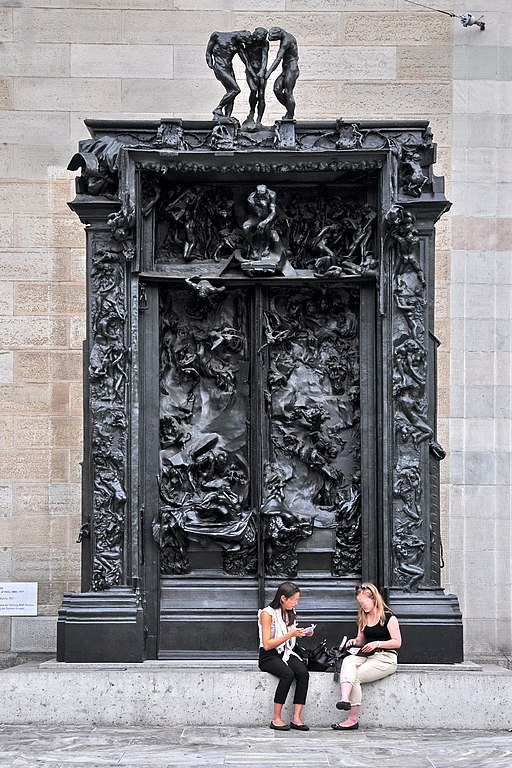
“The Gates of Hell” by Auguste Rodin situated outside the Kunsthaus in Zürich (Switzerland)
Auguste Rodin
- Name: François-Auguste-René Rodin
- Born: 1840 – Paris, France
- Died: 1917 (aged 77) – Meudon, France
- Nationality: French
- Notable work
- Eternal Springtime (Rodin Museum, Philadelphia)
- Two Hands (Rodin Museum, Philadelphia)
- The Cathedral (Rodin Museum, Philadelphia)
- The Hand of God (Rodin Museum, Philadelphia)
- The Thinker (Rodin Museum, Philadelphia)
- The Gates of Hell (Rodin Museum, Philadelphia)
- “The Gates of Hell” by Auguste Rodin (Kunsthaus Zürich)
- The Hand from the Tomb (Rodin Museum, Philadelphia)
- The Sirens (Rodin Museum, Philadelphia)
- Young Mother in the Grotto (Rodin Museum, Philadelphia)
- Colossal Head of Saint John the Baptist (Rodin Museum, Philadelphia)
- The Secret (Rodin Museum, Philadelphia)
- The Thinker at the Rodin Museum, Philadelphia (Full Size)
- The Thinker at the Rodin Museum, Philadelphia (Medium Size)
- The Thinker ( Cleveland Museum of Art)
- The Thinker (The Legion of Honor)
- The Burghers of Calais (Hirshhorn Museum and Sculpture Garden)
- The Burghers of Calais (Rodin Museum, Philadelphia)
- “The Burghers of Calais” by Auguste Rodin (Washington, D.C.)
- “The Burghers of Calais” by Auguste Rodin (Tokyo)
- Balzac (Rodin Museum, Philadelphia)
- Eve (Musée Rodin, Paris)
- Adam (Art Gallery of Western Australia)
- The Kiss (Musée Rodin, Paris)
- Orpheus and Eurydice (Metropolitan Museum of Art – MET)
Rodin, The Gates of Hell
Auguste Rodin – The Gates of Hell
The Gates of Hell by Auguste Rodin
~~~
“Art is contemplation. It is a pleasure of the mind which searches into nature and which there divines the spirit of which nature herself is animated.”
– Auguste Rodin
~~~
Photo Credit: GM; Roland zh / CC BY-SA (creativecommons.org/licenses/by-sa/3.0);
Popular this Week

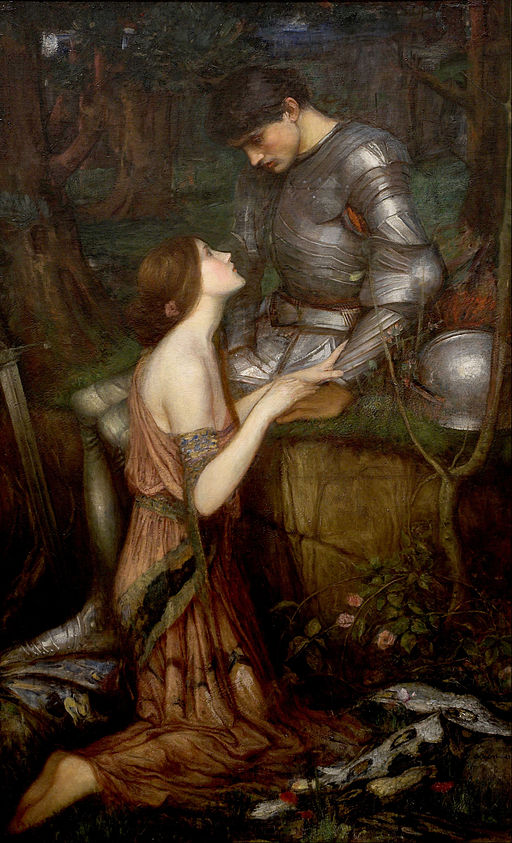

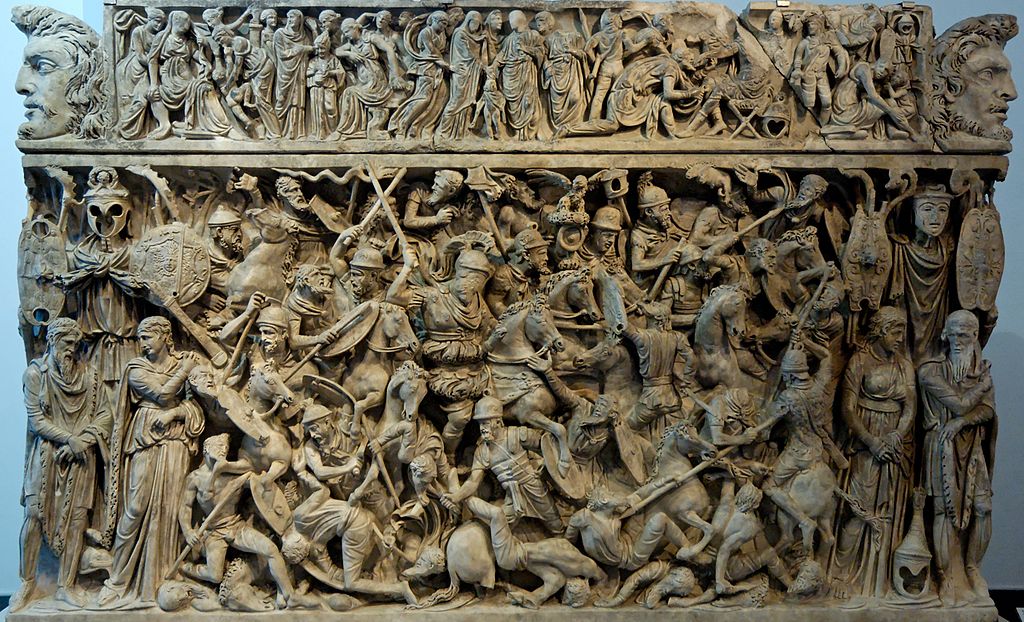
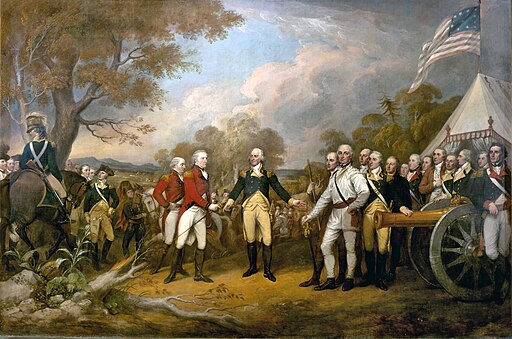
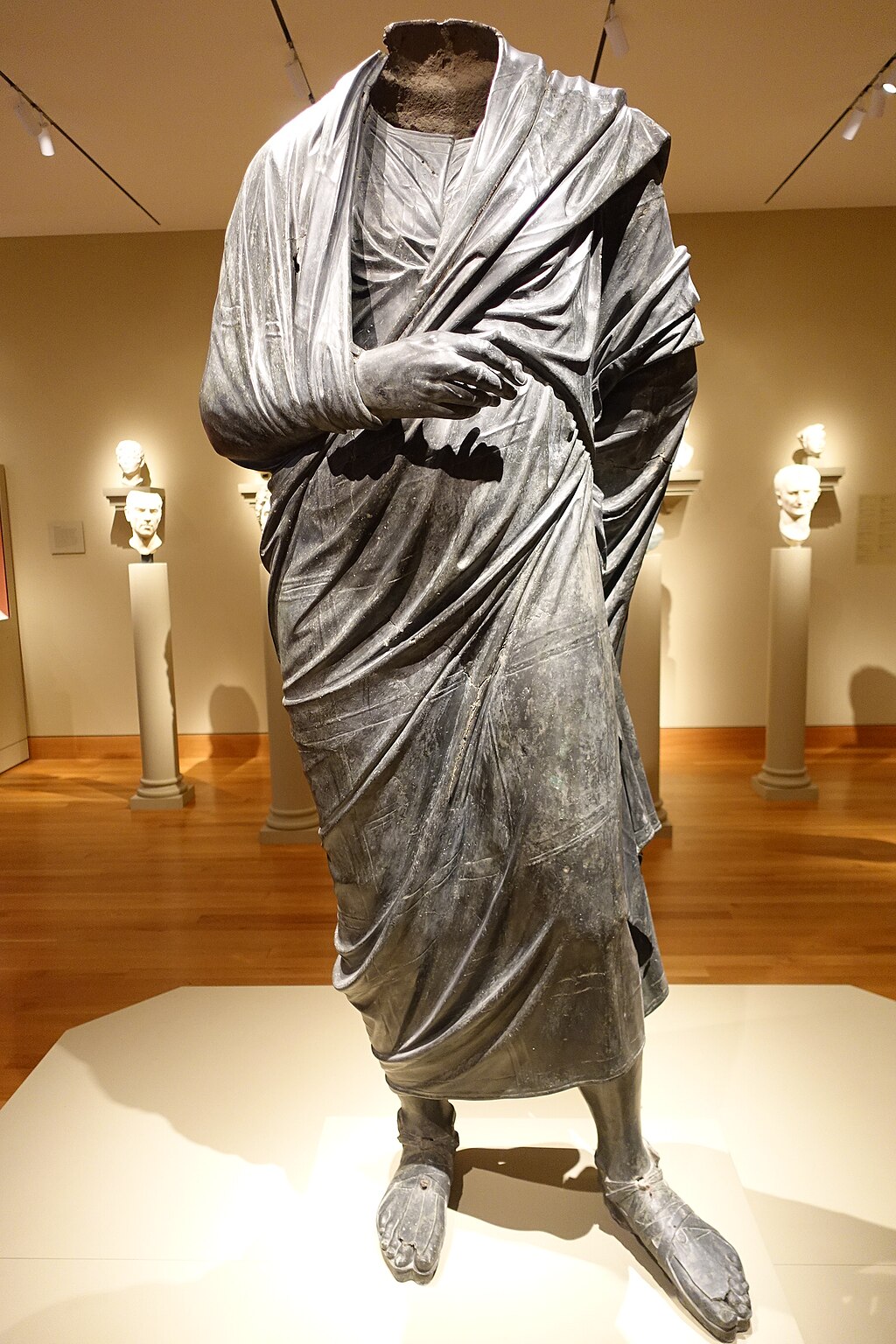


 Sponsor your Favorite Page
Sponsor your Favorite Page SEARCH Search for: Search Follow UsJoin – The JOM Membership Program
Sponsor a Masterpiece with YOUR NAME CHOICE for $5
Share this:
- Tweet
